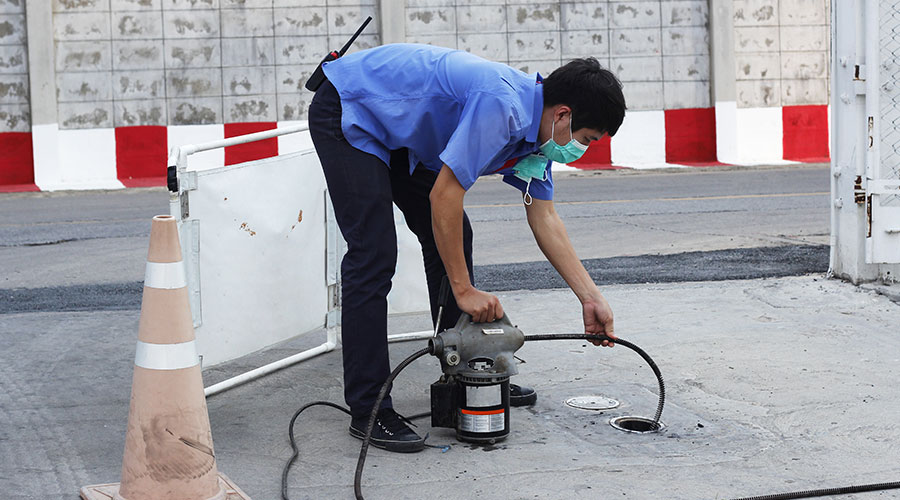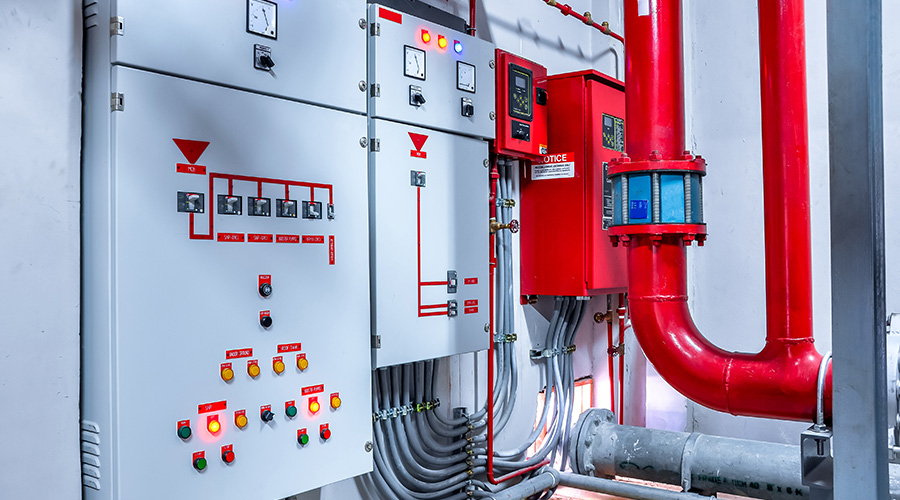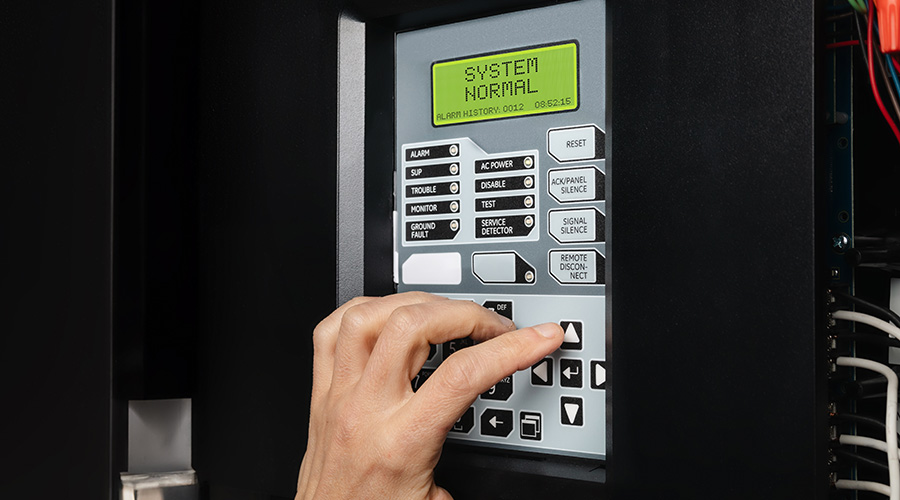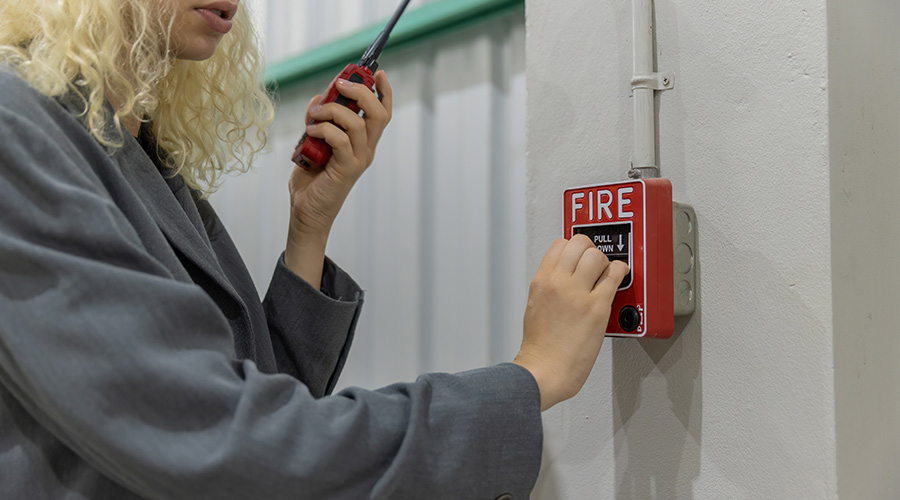Smart Fire Systems Provide Reliable Alternatives for Facility Executives
How connected fire protection systems can boost reliability, reduce downtime, protect property and save lives.
By Ronnie Wendt, Contributing Writer
A fire protection system functions much like an insurance policy — rarely called upon, but essential when it matters most. The premiums are paid through regular inspections, routine servicing and diligent oversight to ensure every component remains ready to respond.
Advancements in the Internet of Things (IoT), mobile connectivity and cloud computing have elevated fire protection to a smarter, more proactive level. Facility executives and staff can now monitor performance, receive alerts and diagnose issues in real time from virtually anywhere, turning passive protection into intelligent prevention.
With nearly 40 years of experience in building operations, management and maintenance, Rajat Malhotra has witnessed this evolution firsthand. He says that today’s advanced fire protection systems bring a range of benefits. Chief among them is remote monitoring of system status, availability and health.
“These capabilities lead to improved reliability and greater system uptime,” says Malhotra, the executive director and head of engineering operations at JLL, a commercial real estate firm. “They are very effective in running self-diagnostics, remote monitoring and alarm notification.”
In addition to better predictive maintenance, these systems enable faster fire detection, quicker response times and a more accurate assessment of an event’s severity. When integrated with other building systems such as HVAC controls, CCTV, elevator management systems, access control, and building automation systems, they also contribute to stronger code compliance and improved fire protection. Artificial intelligence (AI) further amplifies these capabilities.
“AI can improve the reliability of detection systems and sensor response times,” says Malhotra.
Fire protection gets smart
An IoT-based smart fire detection system is an advanced solution that leverages IoT-enabled sensors, cloud computing and real-time data analytics to detect, monitor and manage fire hazards in real time.
These systems continuously track environmental conditions with sensors that monitor temperature, smoke, combustible gas levels, humidity, flames and air quality. This data enables these systems to predict and identify fires much earlier.
When these systems, which are connected to an app and a web-enabled cloud-based monitoring and analytics platform, detect a potential fire, they dispatch notifications to relevant personnel, such as a building owner or facility manager, and to emergency responders. These push notifications are sent when smoke, heat or gas levels exceed predefined thresholds.
“You can have smoke detectors initiating a signal because they detect smoke, but a temperature sensor might detect the temperature is rising and also send an alert,” says Ray Dotts, project manager of construction at Telgian Engineering & Consulting, which designs, tests and inspects life safety systems. “That information confirms there’s an actual fire — not just smoke — because the temperature is climbing as well.”
More robust through integration
The true power of IoT-enabled fire protection emerges when these systems are integrated with other building systems, says Dotts.
“When systems are interconnected and communicating, the result is a much more robust and responsive solution,” he says. “When we bring in smart sensors and interconnect these systems, that’s when we see performance enhancements.”
With connected devices, a facility manager can receive an alert the moment the system detects specific conditions. From there, they can log into the building’s surveillance camera system to verify the fire visually. They can also log into the lighting system to activate emergency lighting and exit signs to help direct building occupants to safety.
While the system’s central monitoring station may have already dispatched the fire department, the facility manager can call first responders to provide critical details, such as the exact location and severity of the incident.
“It gives firefighters better situational awareness and improves response,” Dotts says.
Connecting the fire protection system to access control allows remote door unlocking, giving emergency responders unimpeded and fast entry. In addition, a system connected to elevator management tools can send elevator cars to the ground and deactivate them, while a system connected to fire suppression systems, such as sprinklers, can activate them to mitigate damage.
Connecting to HVAC systems also has benefits.
“When fire alarms are triggered, we know we need to shut down fans and HVAC systems to prevent smoke and harmful gases from spreading to other parts of the building,” Dotts says. “With these integrations, we can shut them off remotely to improve safety and containment.”
Ronnie Wendt is a freelance writer based in Minocqua, Wisconsin.
Related Topics:












